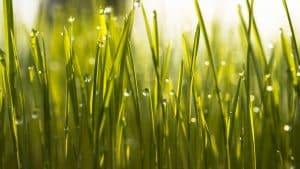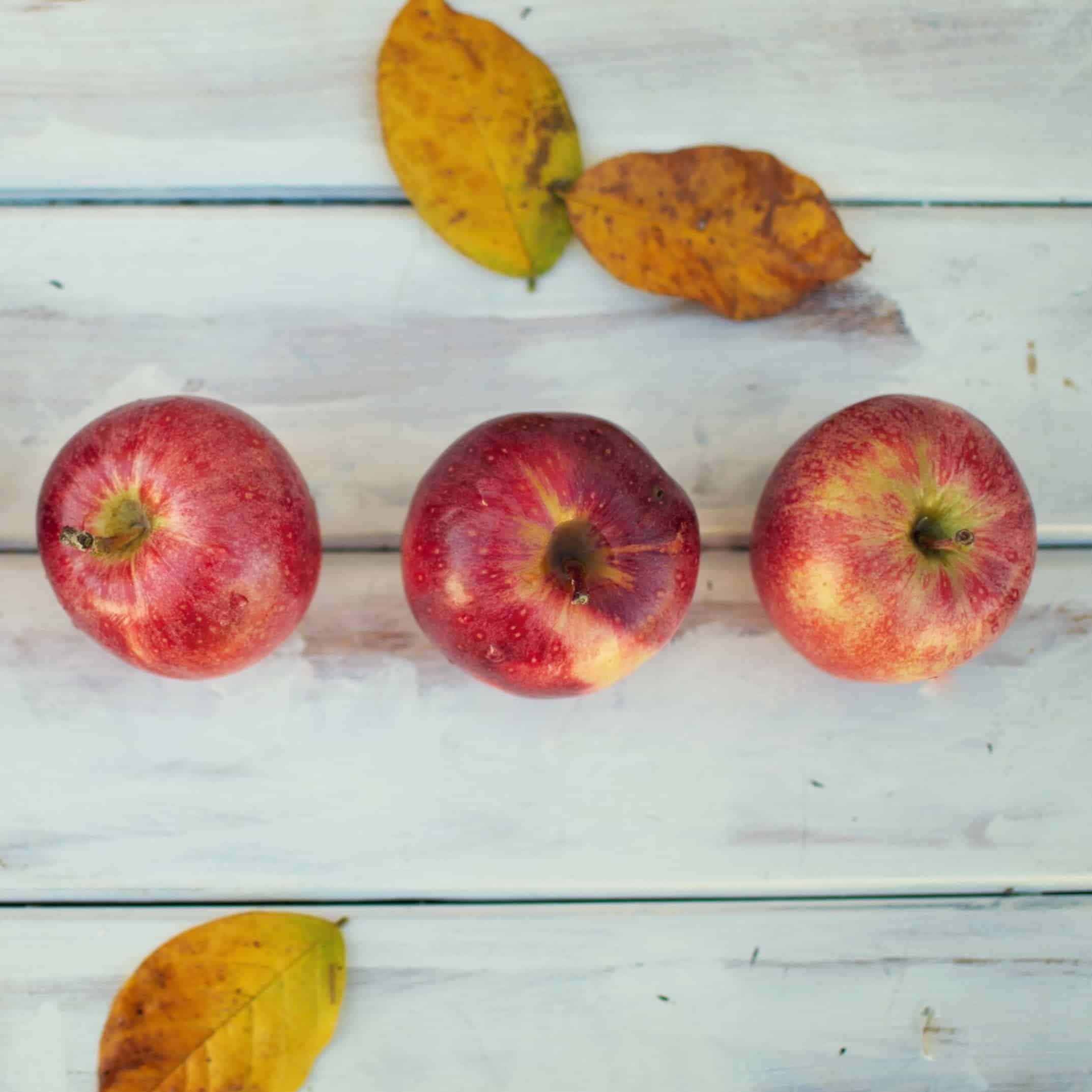Ayurveda: Focus on Kapha

In my past articles on Ayurveda I briefly described characteristics of each dosha and posted links to the online quiz from Banyan Botanicals that allows you to estimate your dosha. As a very brief refresher, there are three doshas (vata, pitta, and kapha) that are each made up of different combinations of the elements (water, fire, earth, air, and ether). According to Ayurveda, everyone has a natural state of balance that includes these doshas in different amounts. Each individual’s constitution is unique, and they will often have a primary dosha that predominates their phsyiological and psychological makeup.
Since spring is a season of kapha energy, I want to focus on individuals whose predominant dosha is kapha, and delve a little further into kapha’s qualities and maintenance.
Characteristics of Kapha

- ◊ Smooth joint movement due to well-lubricated joints
- ◊ Thick, lustrous hair and soft skin
- ◊ Sturdy builds with strong muscle and bone structures
- ◊ Good endurance: the ability to maintain a slower pace for a long period of time
- ◊ Laid-back personalities and soft, compassionate hearts
- ◊ Emotional steadiness that make them a source of stability in their relationships
- ◊ Good appetites
All of these positive characteristics make kaphas wonderful people to have in your life. Like all things in Ayurveda however, no quality is inherently good or bad – what is important is its expression, whether the energy is in balance or not. Out of balance, all these positive traits of kapha have a flip-side. The expression of those same characteristics when out of balance manifest as:
- ◊ Excess mucous
- ◊ Being overweight
- ◊ Heaviness of mind
- ◊ A tendency to get stuck in unhelpful patterns
- ◊ Laziness or stubbornness
- ◊ A disinclination towards being physically active
- ◊ Sluggish digestion or slowed metabolism
Keeping Kapha Balanced

There are so many tools that we have to keep ourselves in balance. As Banyan Botanicals puts it:
“One of the practical aspects of Ayurveda is that anything can be used as a medicine because everything that exists has a quality. This includes but is not limited to: herbs, foods, drinks, environments, colors, smells, and lifestyles.”
So, for kapha individuals, using herbs, foods, and other lifestyle choices that have the opposite qualities of kapha can help keep them in balance, and knowing about those that increase kapha can help individuals be mindful to ensure moderation is practiced and their natural state of balance is not disturbed.
Food
Ayurveda categorizes food into 6 tastes: sweet, salty, sour, pungent, bitter, and astringent. Sweet, salty, and sour foods (such as wheat, salt, and pickles, respectively) will increase kapha, whereas pungent, bitter, and astringent foods (such as chili pepper, and leafy greens or herbs – bitter and astringent tastes tend to be found together) will help to decrease it and are therefore more suggested for kapha’s diets.
Also consider that foods that are cool, heavy, or moist will increase kapha. Therefore it is recommended that kapha individuals eat lighter, warming, dry, spiced and easy-to-digest foods.
Based on these guidelines, below is a chart detailing some of the foods to include and avoid:
| Include | Avoid (in excess) | |
| Fruits | Apples, berries, lemon, lime, mango, pomegranate, peaches, pears, cherries | Bananas, melons, dates, figs, oranges, grapefruit, papaya |
| Vegetables | Greens (spinach, collard, kale, etc.), garlic, onions, peppers, cooked tomatoes, okra, peas… and all others except “Avoid” list | Avocado, olives, cucumber, squashes and sweet potato, raw tomatoes, zucchini |
| Grains | Dry oats, quinoa, basmati rice, barley, corn | Cooked oats, pasta, pancakes, white or brown rice, wheat |
| Legumes | All beans (except kidney beans), soy milk, soy meat products, tempeh, tofu (served hot) | Kidney beans, all other soy products |
| Dairy | Goat cheese, goat’s milk, ghee, cottage cheese | Butter, cheese, cow’s milk, ice cream, sour cream, yogurt |
| Nuts and Seeds | Almonds, chia seeds, flax seeds, pumpkin seeds, sunflower seeds, popcorn | Sesame seeds, tahini, walnuts, coconut, pine nuts, walnuts, cashews, peanuts, pecans… etc. |
| Meat and Eggs | Eggs, white meat (chicken, turkey), fresh water fish, shrimp | Beef, lamb, pork, dark meat (chicken, turkey), other seafood |
| Oils | Flaxseed, sunflower, ghee | All other oils |
| Sweeteners | Raw honey, fruit juice concentrate | All other sweeteners |
| Spices | All! 🙂 | Salt |
Climate/Lifestyle
The ideal climate for a kapha is warm and dry. However, due to their stable constitution, they are able to tolerate many climates – it is just important to recognize when the weather may increase your kapha, and to know how to help counteract that with other lifestyle choices.
For example, spring in our climate is characterized by increased kapha, so making sure to stay active by doing some vigorous exercise, always making sure to keep warm and dry, and to surround yourself with people, music, and smells that give you energy will help keep you in balance.
Yoga
Your yoga practice can also help keep your kapha in balance! After all, Ayurveda is known as the “sister science” of yoga.
There are not only poses that are specifically recommended for kaphas to practice, but also guidelines for how to practice that will help balance kapha energy. These include:
- ◊ Maintaining intensity in your practice by practicing strong poses, using a forceful breath, continuing to move without taking breaks between poses for too long, and holding poses long enough to really challenge yourself – don’t give up!
- ◊ Finding a sense of lightness and expansion in each pose, even as you are practicing strongly
- ◊ Practicing in a warm environment or wearing clothing that will keep you warm as you practice
- ◊ Being precise with your movements by focusing on correct alignment and having a sharp, focused, upward gaze
- ◊ Relax at the end of your practice with a restorative pose, keeping your chest and shoulders open
Some poses that are especially beneficial to practice are: chair pose, warrior I, warrior II, reverse warriors, cobra, bow, side plank, and supported savasana with a bolster behind the back.
So if you are a kapha, or some combination of kapha and one of the other doshas, this post has lots of relevant information for you. If you do not have lots of kapha in your dosha, fear not – there is always something to be learned, whether it is that understanding this dosha will help you understand other people in your life better, or if it helps you recognize some of the kapha characteristics that pop up for yourself if you are out of balance.
For more information from Banyan Botanicals on balancing kapha, you can read their full articles on managing kapha constitutions, keeping kapha balanced, suggestions for kaphas’ diets, the full list of kapha-friendly foods, and yoga for kaphas.
Enjoy the warmer weather yogis! I wish peace and balance to you all. 🙂
All information from this article summarized from banyanbotanicals.com. Photo credits to http://images.freehdw.com/510/nature-landscapes_widewallpaper_pink-lotus_2552.jpg, http://more-sky.com/WDF-184622.html, http://www.fredwissink.com/visual/weekly-wallpaper-morning-dew-drops.html, and https://play.google.com/store/apps/details?id=com.SpringFlowersLiveWallpaperHQ.



